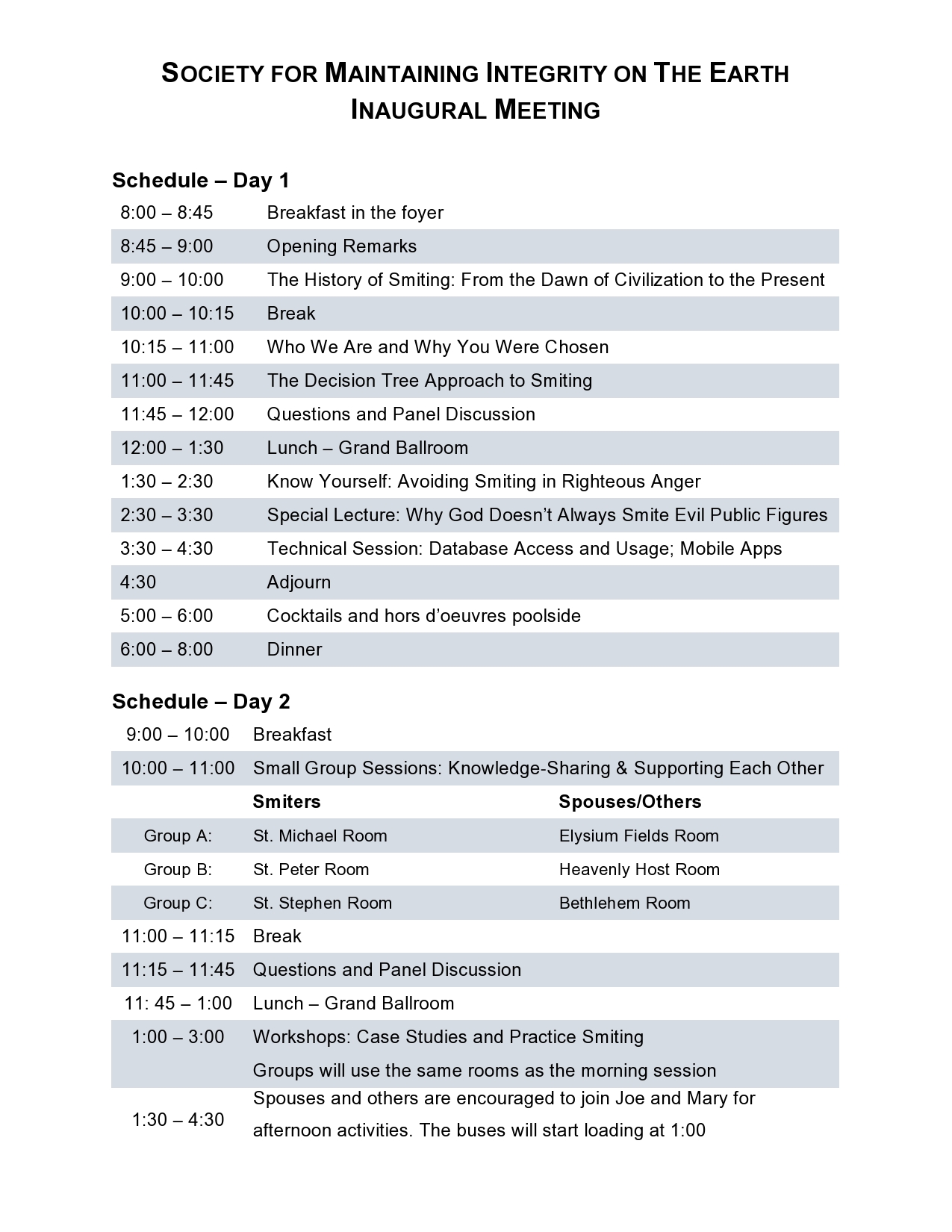“And why do you worry about clothing? Consider the lilies of the field, how they grow; they neither toil nor spin, yet I tell you, even Solomon in all his glory was not clothed like one of these.
Matthew 6:28-29
“Naked I came into the world, naked I shall go out of it! And a very good thing too, for it reminds me that I am naked under my shirt, whatever its colour.”
E. M. Forster
We come into the world, cold, naked and wet. It’s downhill from there.
Some anonymous cynic
I’ve done two things in my life that might be described as adventurous, daring, courageous or stupid, depending on one’s perspective. The first was jumping out of an airplane at 3000 feet, not once, not twice, but three times. (I was sure I was gonna die the last time because I had to pack my own parachute.) I’ll write about it in a future blog.
But telling people I’ve been to a nudist resort raises eyebrows and prompts some tittering, no pun intended.
Little kids don’t have a problem with nudity. They’ll tear their clothes off without warning, which isn’t a problem unless Mom is in a ZOOM meeting with a two-year-old running around naked in the background. But as we get older, we learn, directly or by inference, that unclothed bodies are shameful and if you don’t agree, you’re a pervert.
Americans can’t disassociate nudity and sex, which isn’t surprising given they descended from the Puritans, a group that was so uptight it outlawed Christmas celebrations. That “nudist colonies” even existed provoked righteous indignation from some and snickering from others.
Public nudity enjoyed tacit acceptance briefly in March 1974. Much warmer than normal weather induced thousands of college kids to run naked across public spaces for the sheer thrill, a phenomenon immortalized by Ray Stevens’ hit “The Streak.”
Now, before I go any farther, I should point out I’m not a narcissist or an exhibitionist. Far from it. Poor body image and self-esteem isn’t restricted to women. I couldn’t look into a mirror from about 7th grade until my late thirties. I don’t recognize the reasonably attractive guy in pictures from decades ago as me. As I’ve gotten older, fatter, and greyer with far less hair, I’ve learned to accept my dad bod.
My interest in outdoor nudity, (naturism to the faithful) was born out of 25 years of life-sucking Midwest winters. I lived in Arizona until I was 11 where we had abundant sunshine, occasional rains, and the rare sun shower, an odd mixture of both. Snow was rare and exciting and usually melted by noon.
Then we moved to Illinois, the Land of Lincoln and the Never-ending Winter, when clouds obscured the sun from November through March. Clouds obscured the sun from November through March; snow a month earlier or later wasn’t unusual. I moved to Michigan for my residency and then stayed in the state to practice for another 13 years. More snow, less sun and -30° in January. Strolling naked in a warm climate while everyone else froze their asses off sounded better.
I joined the American Sunbathing Association (which became the American Association for Nude Recreation – AANR – in 1995) in the early 1990s. I don’t remember how I connected with them since there wasn’t much of an internet back then and websites were more than a decade away. They didn’t advertise on the backs of matchbook covers like the “Learn to Draw” folks.
I bought Lee Baxandall’s World Guide to Nude Beaches & Resorts, back when we still had bookstores. I discovered that, with few exceptions, naturist resorts are family oriented. Some are permanent residents. Men do not wander around with a cup of coffee in each hand and stacks of donuts on erect penises. Women aren’t an endless parade of Playboy bunnies. Naturists come in a wide range of ages, shapes and sizes. They are just regular people who don’t wear clothes.
There are a few rules when visiting a resort:
- No lewd behavior
- No gawking with your tongue hanging out.
- Don’t take anyone’s picture without consent
- Carry a towel with you at all times, just in case you sit somewhere
- Be a decent human being.
I planned to visit a resort outside of Tucson in 1992 during a trip to Arizona for a conference. The now-defunct Jardin del Sol (Garden of the Sun) lay off a dirt road outside of Marana. It was a modest place with a few wooden buildings, a swimming pool, a place to play volleyball and sites for camper hookups. I parked my rental car and checked in with the owner, a short older woman who looked at my AANR membership card.
“You’re here alone?”
“Yes, I’m on a business trip and my wife couldn’t make it.”
She eyed me for a minute and said, “Well, you look all right. The pool is down the hill, and there’s a group having a picnic.”
At that moment a guy in a well-worn white Chevy pickup, who looked and sounded like George Kennedy, stopped and excitedly said something to my host about pending naturist legislation before driving down to the picnic area.
I went back to my car, stripped down to my shoes, grabbed my towel, and headed back. Footwear is essential in the desert; desert sand can become very hot. Goat heads, the hard, pointed seeds of an obnoxious weed that seems to grow everywhere, prey on bicycle tires and bare feet. And while crawling predators like the scorpion are largely nocturnal, one might run across the foot-long giant desert centipede.
And don’t forget sunscreen.
Thirty years ago, I was uncomfortable around strangers, nude or otherwise, and I wasn’t interested in small talk. I just wanted to sit by myself, work on a sunburn and forget about sub-zero temperatures back home.
I started on a foot path that led away from the pool and stopped at a miniature Boothill Graveyard. The tombstones bore amusing names and the nature of the departed’s crimes, namely violating resort rules (one took pictures without asking). They reminded me of a fake memorial in Boothill:
“Here lies Lester Moore
Four slugs from a .44
No Les, No more.”
Just then an older gentleman, short, bronzed and the spitting image of Buster Keaton, walked up to me.
“Hello, young feller! Can I help you find something?”
“I’m looking for a place to sit awhile and read my book.”
He pointed towards a trellis farther along the trail. “There are a couple of lounge chairs over there. Is this your first time?”
“Yeah, I was born here but I live in Michigan. I miss the sun.”
“Well, there’s plenty here. Welcome!”
I thanked him and headed for the loungers. I put the towel across the seat, lay back and enjoyed the desert, naked as the day I was born, as they say. I stayed for a couple of hours, reading, napping, and baking before driving back to my hotel.
A couple of years later I visited Forest Hills Club in Saranac, Michigan, just outside of Grand Rapids. The resort sits on a heavily wooded hill off a two-lane blacktop and isn’t visible from street level. I drove by it twice before noticing a small sign by a dirt road into the trees; there was an intercom next to the utility gate that blocked the entry.
I pressed the button and a young woman answered. “I’d like to visit for a bit.” The gate opened and I drove up to the site. I showed her my AANR card, and she gave me a brief tour. I went back to my car and took off my clothes and my shoes (no goat heads in Michigan), then grabbed my towel and a textbook. (A textbook? Seriously? How anal-retentive can one be?) I helped her move a large folding table before settling into a lounge chair.
The day was overcast and warm and I lost interest in the book. I lay back in the chair and closed my eyes, forgetting how burned out I was becoming being one of three physicians trying to manage a patient load that demanded five. I imagined spending the rest of my life sitting naked on a beach sipping margaritas and staring out at the ocean.
I haven’t had any further opportunities to indulge, although I maintained our membership in AANR partly to shock a family friend whom we call the Bald-Headed Stepchild. I worked as a traveler for more than twenty years; spending time at home decompressing with Peg was more important that trying to find the nearest resort (there’s only one in Illinois).
If I had my druthers, I’d buy a condo in Mira Vista Resort and try to establish my reputation as a renowned writer-slash-curmudgeon. For now, sitting naked in bed in the morning with coffee and my Kindle while my faithful companion (no, it’s my 15lb Shih-Tzu Baxter, not Peg) eats cookies will have to suffice.
For More Information
American Association for Nude Recreation
AANR: Social Nudism: Behavior Guidelines and Etiquette
Mira Vista Resort
Nude Hot Springs Around the World
Big Think: Nudist Beaches of Central and Eastern Europe
New York Times: Articles on nudism and nudity
World Naked Bike Ride
Featured Image © Can Stock Photo / chrisbradshaw





